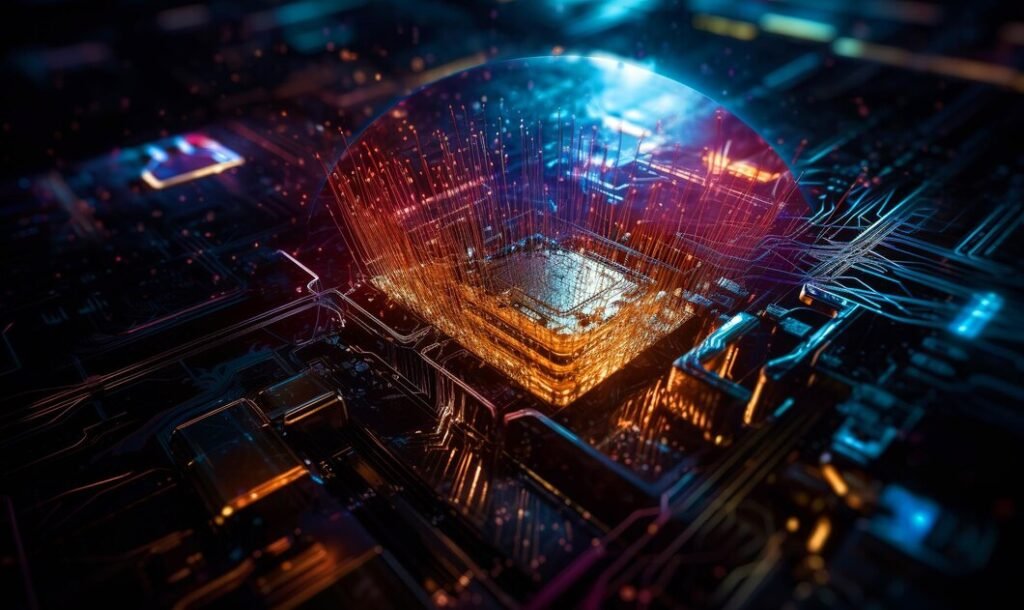The digital realm has seen online gaming evolve rapidly over the past two decades. Remember the pixelated characters and elementary 3D environments of the 90s? Fast forward to today, gamers crave hyper-realistic graphics, fluid gameplay, and immersive universes. The heart of this transformation lies in the relentless progression of Graphics Processing Units (GPUs).
The Early Days of GPU and Online Gaming:
When one looks back at the dawn of GPUs, it’s reminiscent of a rising star, full of potential yet struggling for brilliance. Initially crafted to offload and accelerate specific graphical operations from the main CPU, the early GPUs were simple. Games like ‘Quake’ and ‘Runescape’ brought us online multiplayer experiences but were restricted in visual allure, bearing blocky textures and fundamental shading.
These early GPUs were groundbreaking for their epoch. However, the burgeoning aspirations of gamers and the imaginative vision of developers soon longed for more potent graphical prowess.
Breakthroughs in GPU Technology: A New Era:
As the new millennium set in, tech headlines were often awash with tales of formidable GPU innovations. The world was introduced to GPUs boasting intricate architectures, enhanced memory bandwidth, and the capability to provide countless polygons seamlessly. NVIDIA’s GeForce and ATI’s Radeon series, for instance, were the heralds of this transformative age.
The ripple effect of these advancements? Online games that once held simplistic aesthetics began showcasing intricate details, dynamic lighting, and lifelike physics. This evolution wasn’t just cosmetic, it paved the way for intricate storylines, expansive open worlds, and deeply engaging multiplayer platforms.
GPUs and Today’s Sophisticated Online Gaming Platforms:
From giant MMORPGs like ‘World of Warcraft’ to the enigmatic allure of platforms such as 32red online casino, the contemporary GPU stands as the unspoken hero, delivering visual spectacles to millions globally. It’s no longer just about aesthetics but about feeling genuinely ensconced within the game’s universe.
Developers now operate in a world where game optimization is paramount. Whether a person is running a high-end gaming rig or a compact laptop, the game’s quality shouldn’t be compromised. Through adaptive resolution, dynamic scaling, and a plethora of other tech jargon that might confuse the everyday person, the underlying sentiment remains, no gamer left behind in the visual feast.
These considerations are imperative because the digital demographic isn’t uniform. While some wield the latest tech abuse, others might be navigating virtual arenas with hardware that’s seen better days. It’s the GPU’s adaptability and the developers’ meticulous crafting that ensures every gamer, irrespective of their device, savors an optimal, lag-free experience.
Navigating the transformative journey of GPUs offers is not just nostalgia but a proof of human innovation. The symbiotic relationship between online gaming and GPUs isn’t one of mere reliance, but a dance of evolution, where one pushes the other to ascend new summits of technological prowess. As we stand at the precipice of what the future might unfold, one thing remains clear, the saga of GPUs and gaming is one for the annals of tech history.
